Name it and claim it time.
Haystack found what I did, no common 1986 GT Emission/ Vacuum Lines diagram.

Originally Posted by
Haystack


Should go to the tab/tad stuff. My guess is that if the vacuum lines are missing, so is the rest.
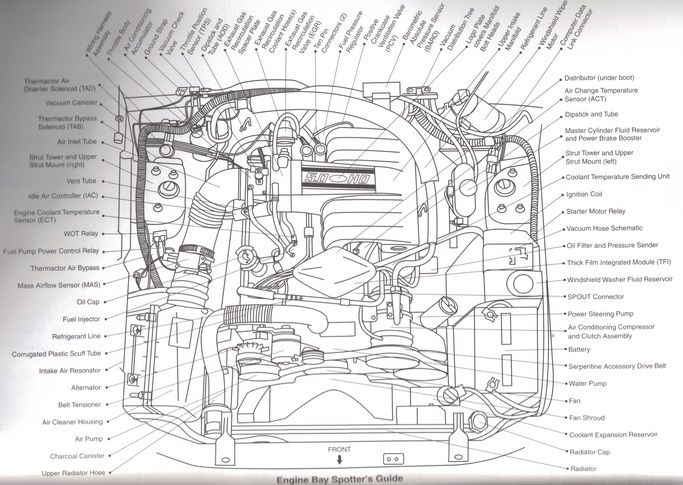

1, 2, 14, 18, 20. 41, 43, 49, 50, 51, 52 and 53 are the critical EGR related parts.
1.
Thermactor Air Diverter Solenoid (TAD) - Directs thermactor air from the rear of the cylinder heads to the exhaust H pipe after warm up
2.
Thermactor Air Bypass Solenoid (TAB) - Vents thermactor air during periods when it is not needed (primarily cold starts)
3. Vacuum Storage Canister - Stores Vacuum to prevent interruption of services during wide open throttle
4. Throttle Body - Regulates the amount of air entering the engine
5. Air Inlet Hose - Directs air into the throttle body from the mass air meter (Mass air car) or the air box (Speed Density Car)
6. Idle Air Bypass Valve - Regulates the amount of air needed to maintain a smooth idle
7. Engine Coolant Temperature Sensor (ECT) - Reports the coolant temp to the computer
8. Injectors - delivers fuel sequentially to each cylinder
9. Oil Filler Cap
10. WOT Cutout Relay - Kills AC compressor during wide open throttle
11. Fuel Pump relay - The computer activates the fuel pump through this relay
12. Mass Air Flow Sensor - The Electronic device used to measure the amount of air passing through the meter
13. Mass Air Flow Meter - Electrically measures the amount of air entering the engine and reports the information back to the computer
14.
Thermactor Bypass Valve - Directs the flow of air supplied by the thermactor (fresh air) pump
15. Alternator
16. Belt Tensioner
17. Air Silencer - Used to muffle incoming air noise (located in the fender)
18.
Canister Purge Solenoid - Allows fuel vapors from the carbon canister to enter the intake manifold
19. Air Cleaner Housing - Contains the air filter
20.
Thermactor Air Pump - Delivers high volume, low pressure fresh air to the exhaust system
21. Water Pump, Fan, and Fan Clutch
22. Air Conditioner Condenser Connections - Attaches refrigerant lines to air conditioning condenser
23. Center Line Crash Sensor - 90-93 only - triggers air bag in the event of a front end collision
24. Radiator
25. Radiator Cap
26. Coolant Reservoir and Low Coolant Switch (if so equipped)
27. Power Steering Pump
28. Battery
29. Air Conditioning Compressor
30. Spout Check Connector - Must be unplugged when checking initial ignition timing
31. Windshield Washer Reservoir
32. Vacuum Hose Diagram
33. Ignition Coil - under plastic cover
34. Starter Relay - under plastic cover
35. Coolant Temperature Sender - Relates coolant temperature to the gauge in the instrument panel
36. Engine Oil Dipstick
37. Electronic Distributor - Controlled by the computer
38. Front Strut Insulator and Camber Adjustment Plate
39. Upper Intake Plenum
40. Brake Master Cylinder and Booster
41.
VIP Test Connectors - computer test ports
42. Windshield Wiper Motor
43.
Vacuum Distribution Tee - From left to right the connections are: vacuum source (intake manifold), unused, vacuum reservoir, speed control servo (if equipped with cruise), power brake booster
44. Air Charge Temperature Sensor - Reports the temperature of the air in the intake manifold to the computer
45. Barometric Absolute Pressure Sensor (BAP) - Reports barometric air pressure to the computer
46. Positive Crankcase Ventilation Valve (PCV Valve) - relieves crankcase pressure
47. Fuel Pressure Regulator - Uses intake manifold vacuum to lower the fuel rail pressure during low rpm operation
48. 10-pin connector - Mates the engine wiring harness with the main wiring harness and the EEC computer
49.
EGR Vacuum Regulator Solenoid - Controls the vacuum which opens the EGR valve
50.
EGR Valve and EGR Position Sensor - Allows exhaust gases to enter the intake passage during various engine speeds. Reports valve position to computer
51.
EGR Spacer - Provides a hot gas passage to and from the EGR valve
52.
EGR Coolant Hoses - Circulates coolant through the EGR spacer
53.
Throttle Position Sensor - Relates the percentage of throttle opening to the computer
54. Transmission Dipstick Tube - Auto trans only
55. Crankcase Ventilation Tube - Allows crankcase fumes to enter the intake system
56. Wiring Harness - Cable system that connects all of the engine's electrical components to the computer in the passenger side kick panel
57. AC Accumulator - Provides a storage area for the refrigerant in the AC system and houses a chemical drier that removes moisture from the refrigerant
58. Vacuum Check Valve - Allows air to flow in only one direction in order to keep vacuum storage canister fully charged
59. Hood Ground Strap
60. AC Low Pressure Switch - Will not allow the air conditioner compressor clutch to energize if refrigerant pressure drops to an unsafe limit
The EGR Vacuum Control solenoid & EGR Vent valve solenoid works on a warm engine. You pull the vacuum line off the EGR and hold your finger over the line while you rev the engine. You should feel vacuum on the EGR line when you rev it, and then it should go away at idle. The EGR Vacuum Control solenoid lets the vacuum through, and the EGR Vent valve solenoid releasing the vacuum.
The computer activates the EGR Vacuum Control solenoid, and then it looks at the EGR sensor via its voltage to see how
much it opened.
It does this under Pulse Width Modulation, back and forth, modulating the the amount of inert EGR gas to the engine.
The four element Secondary AIR system is separate, but nothing works in isolation.
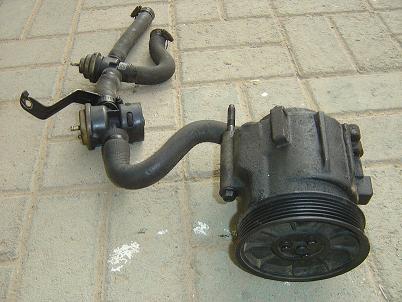
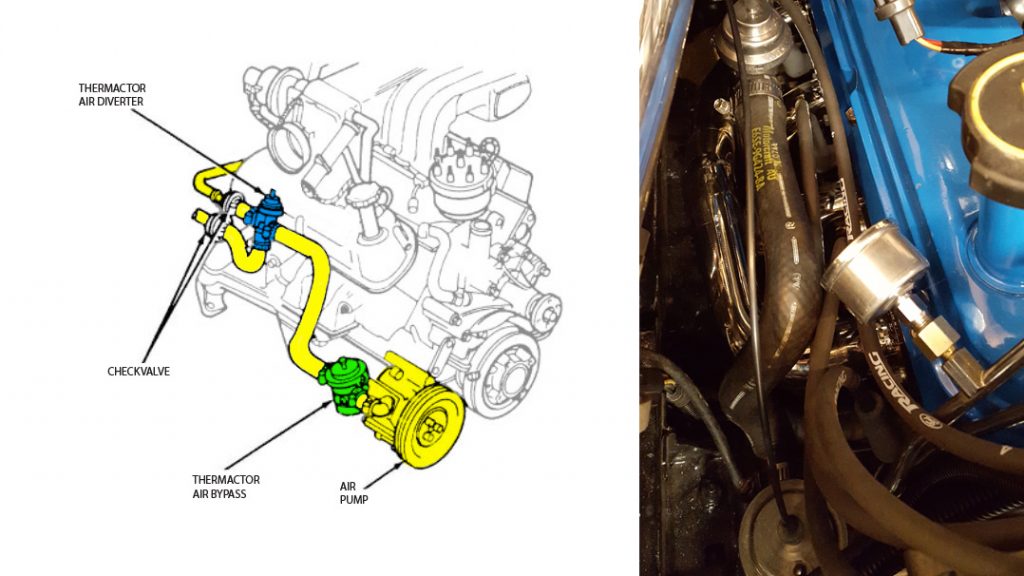
* raided from
http://foxstang.com/fox-mustang-smog-system-help/
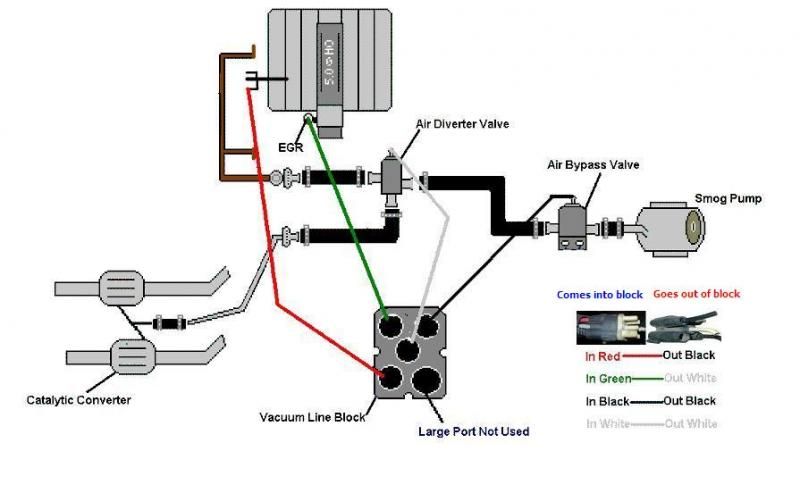
The 86 upper intake has unique porting

The 86 PCV long hose that does a 180 degree loop















 Reply With Quote
Reply With Quote





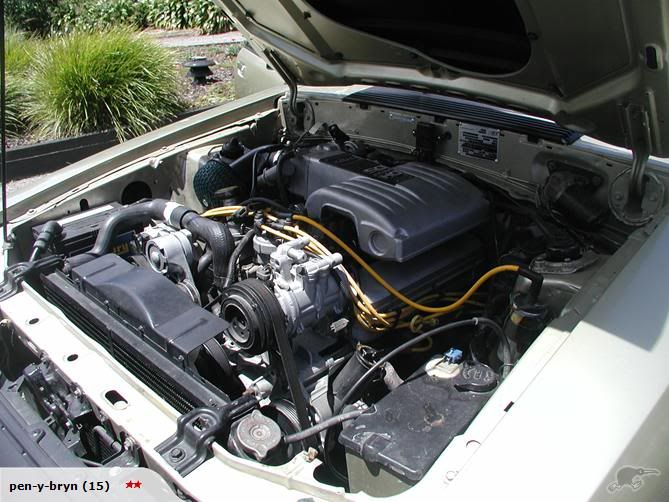
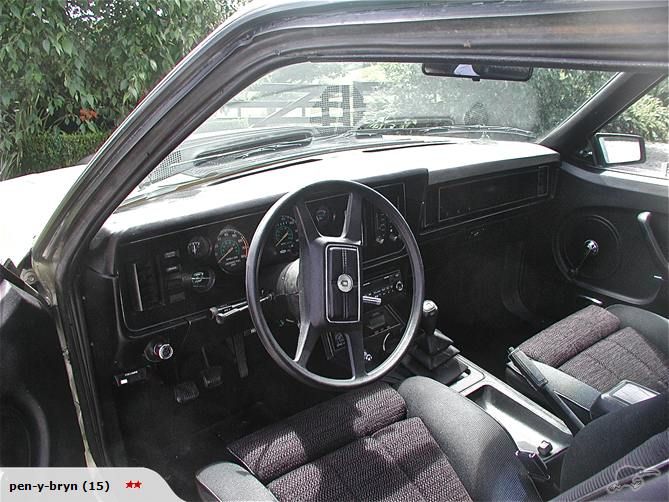

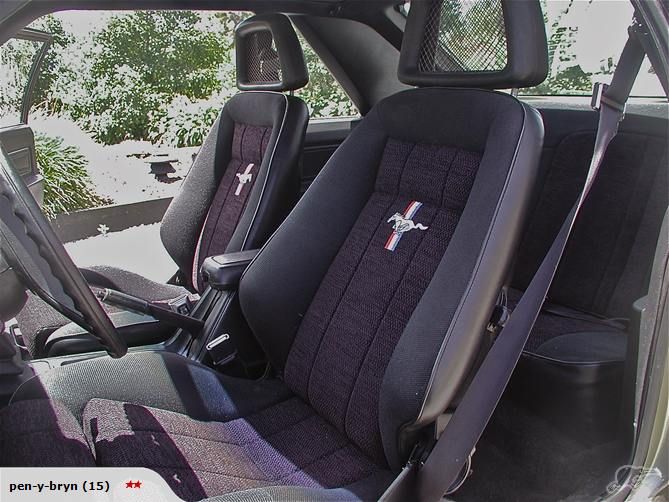
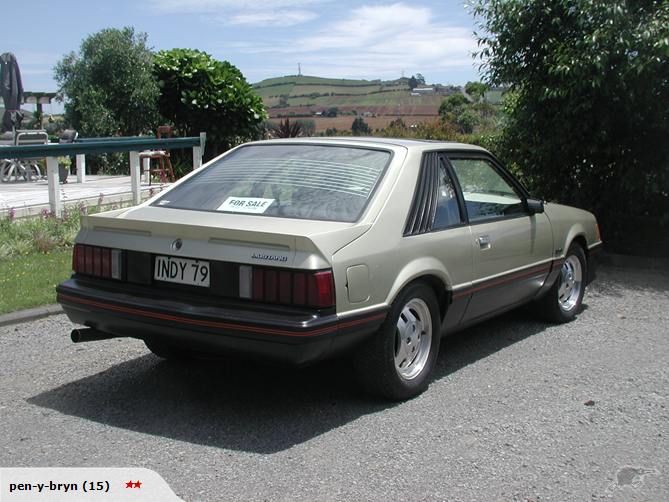
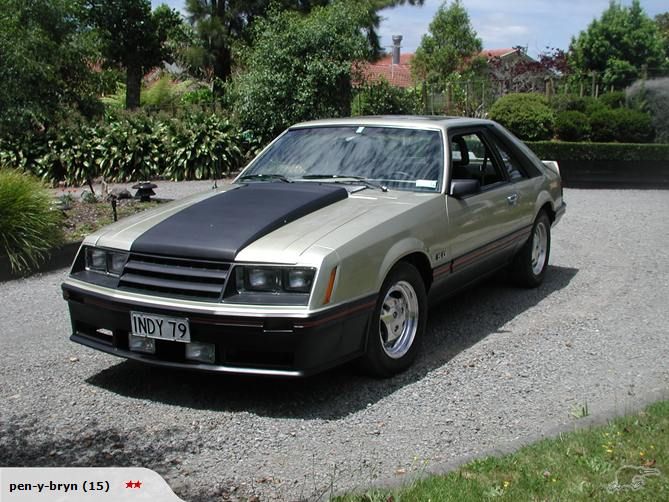
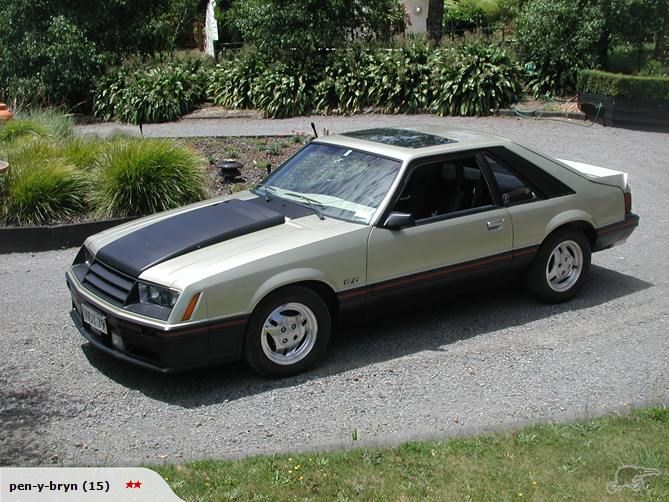










Connect With Us